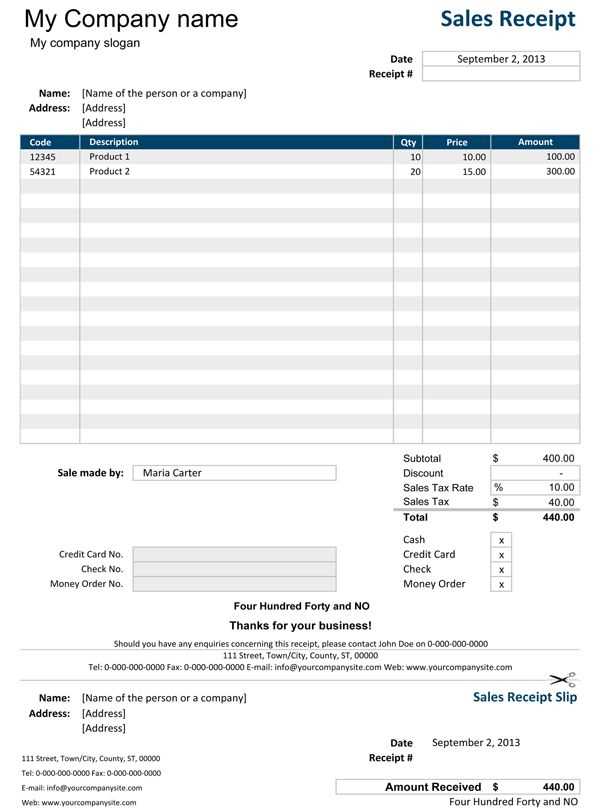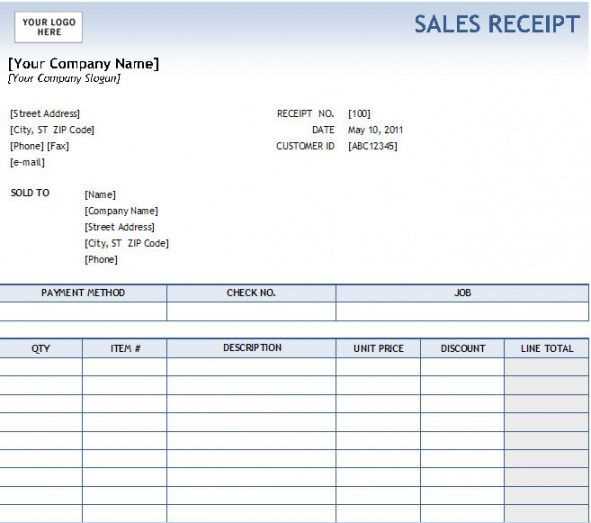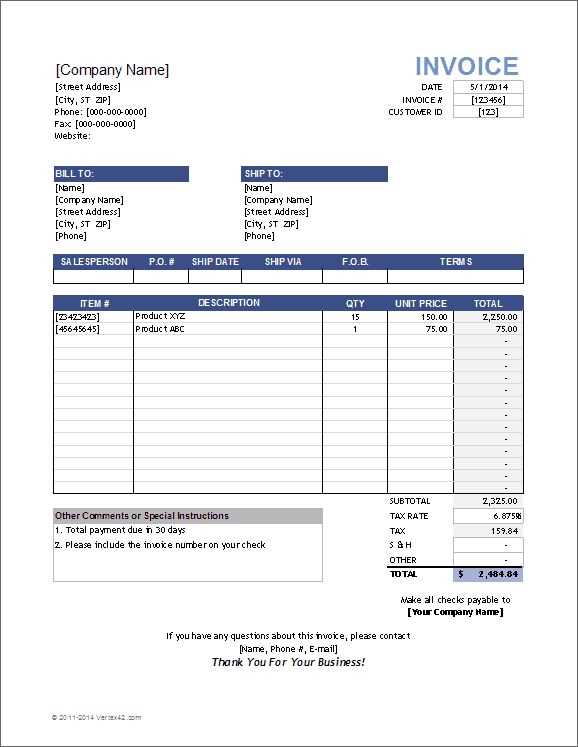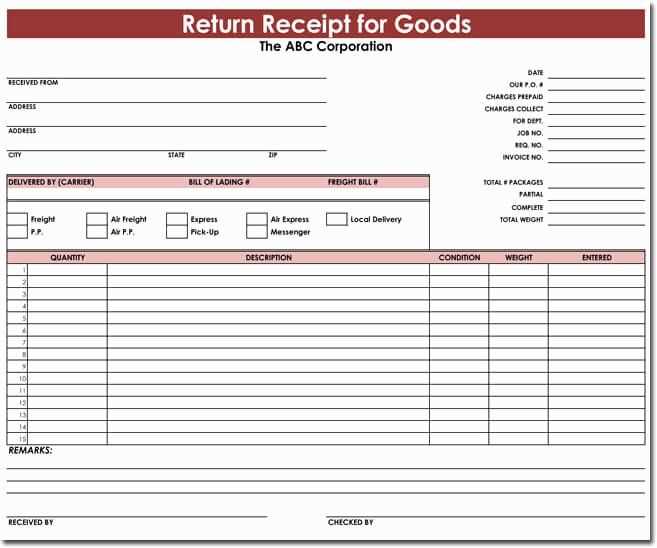
A well-crafted receipt of purchase order template can streamline your transaction process. It helps in recording the details of a purchase agreement clearly and accurately. This document ensures both parties have a record of the transaction, reducing misunderstandings and potential disputes. Use this template to confirm the specifics of your orders, whether you are buying or selling goods or services.
To create an effective template, include the following elements: order number, buyer and seller information, item descriptions, quantities, prices, and payment terms. This layout helps keep all necessary details organized and easily accessible. Make sure to clearly state the delivery details, including timeframes and shipping methods, so both parties know what to expect.
Ensure that the template is customizable. Different types of purchases might require additional fields, such as discounts, tax calculations, or specific contract clauses. Having flexibility in your template allows it to be adapted for various business needs. This adaptability is key to maintaining smooth operations and improving communication between buyers and sellers.
Receipt of Purchase Order Template

A well-structured purchase order receipt ensures clarity in confirming both the order and the terms of the transaction. Begin with a clear header that includes the receipt number, date, and supplier details. These elements help track the document and identify the relevant parties involved in the transaction.
Key Sections of a Purchase Order Receipt

Each receipt should include the following sections:
- Order Number: A unique identifier for easy reference.
- Supplier Information: Include the name, address, and contact details of the supplier.
- Itemized List: Detail each product with its description, quantity, price, and total cost.
- Terms and Conditions: Specify payment terms, delivery dates, and other essential conditions for clarity.
Formatting Tips for Clarity
Organize the information in a clean layout. Use tables to align the item details clearly, which ensures easy reading and reduces errors. Be consistent with fonts and spacing to make sure the document is visually accessible. For digital receipts, include an option to download a PDF copy for records.
Key Elements to Include in a Purchase Order Receipt

Include the purchase order number at the top of the receipt for quick reference. This number acts as a unique identifier for the transaction and simplifies tracking.
Transaction Details
Clearly list the date of the order and the date the receipt is issued. This helps confirm the timeline of the transaction and resolves potential disputes about delivery dates.
Itemized List
Provide a detailed breakdown of each item purchased, including quantities, descriptions, and unit prices. This ensures transparency in what was ordered and assists in verifying against the supplier’s invoice.
Shipping Information: Include the shipping address and method used. This ensures both parties agree on where and how the items are delivered.
Payment Details: Specify the payment method and any adjustments like discounts, taxes, or shipping fees. Having this listed on the receipt can clear up confusion during accounting and payment processing.
Supplier and Buyer Information: Always include both the buyer’s and the supplier’s names, addresses, and contact details. This ensures that both parties are clearly identified in case of follow-up communication or disputes.
How to Customize Your Receipt Template for Specific Transactions
Modify the header to reflect the type of transaction, such as “Product Purchase”, “Service Payment”, or “Refund Issued”. This helps customers immediately identify the nature of the transaction.
Include transaction-specific details like item descriptions, quantity, and unit price for product purchases, or service duration and type for service-related transactions. This gives clarity on what was purchased or paid for.
For refunds, ensure that the receipt clearly distinguishes between the original and refunded amounts. Add a “Refund” label next to the refunded total to avoid confusion.
If discounts or promotions apply, list them separately with a brief description to ensure transparency. Include a “Discount” section that shows the amount or percentage deducted from the total.
Modify the footer with transaction-specific notes, such as warranty information for products or payment terms for services. This keeps customers informed on next steps or conditions tied to the transaction.
Finally, adjust the contact information, including support or return instructions tailored to the transaction type, like how to initiate a return for purchased products or how to reach customer service for inquiries related to services.
Best Practices for Storing and Managing Purchase Order Receipts
Organize receipts by date and supplier to streamline tracking. This method makes it easier to locate records when needed and ensures proper audit trails. Store receipts in a centralized system that allows for quick access, either digital or physical.
- Use a standardized naming convention for digital files. Include the purchase order number, supplier name, and receipt date for easy identification.
- Ensure regular backups of digital receipts. Store them in both cloud storage and local systems to protect against data loss.
Keep physical receipts in clearly labeled folders or filing cabinets. Use dividers or tabs to separate receipts by supplier or purchase category. This approach helps to avoid clutter and simplifies retrieval.
- Review and update your storage system regularly to eliminate outdated records. Set a timeline for archiving or discarding receipts after a certain period.
- Adopt a digitalization process for physical receipts, using a scanner or mobile app to create digital copies. This can save space and reduce the risk of lost documents.
Integrate your receipt management system with accounting software for seamless reconciliation. This reduces the risk of errors and ensures that all receipts are accurately recorded in the financial records.
Train staff on best practices for managing purchase order receipts. Set clear expectations for how and when to file receipts, and monitor compliance with established procedures.


